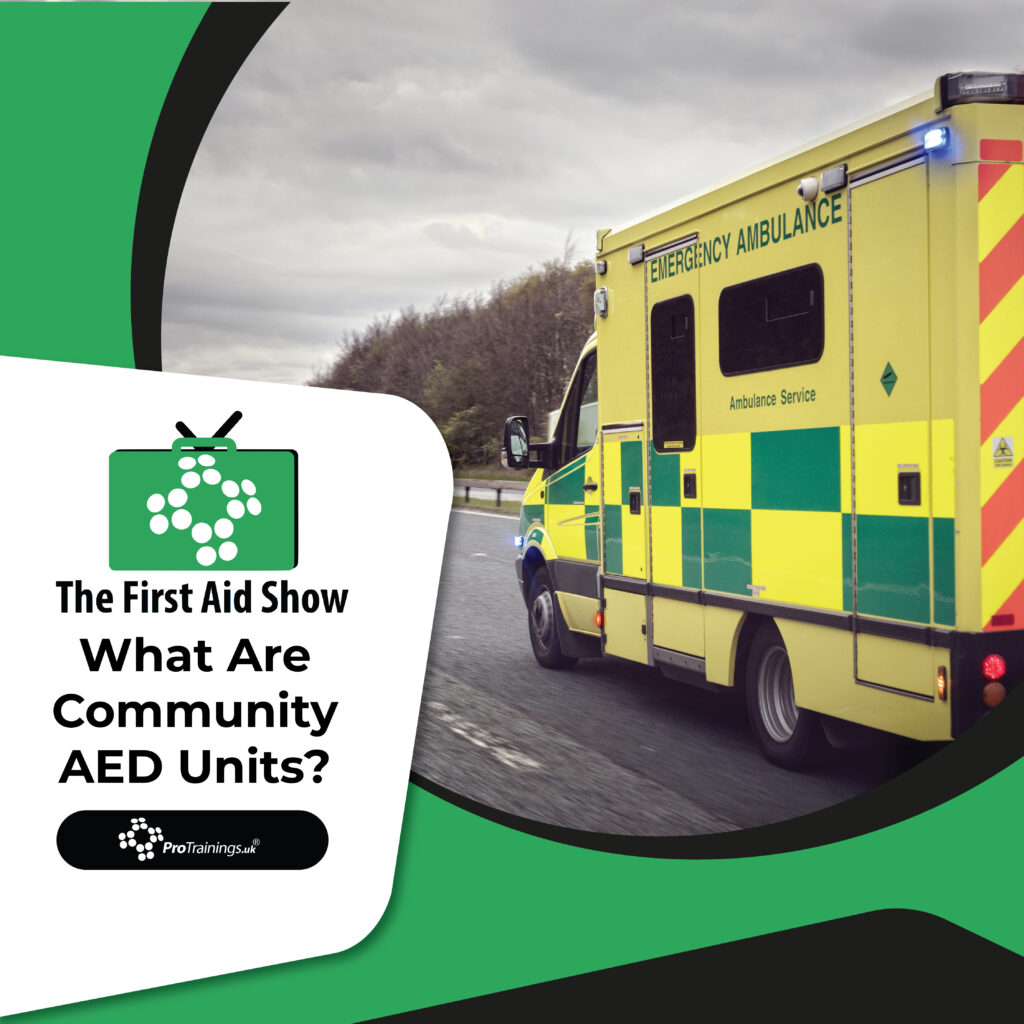Welcome to the First Aid Show: How Community AED Units Can Save Lives
Welcome to this edition of the First Aid Show, where today we delve into the life-saving impact of community AED units and their growing availability across various public spaces.
What Are Community AEDs?
Community Automated External Defibrillators (AEDs) provide essential electric shocks to restart hearts that have stopped during cardiac arrests. Thanks to the collaborative efforts of local businesses, government entities, and community organizations, these devices are increasingly accessible to the public, enhancing emergency responses nationwide.
Locating Community AEDs
You can find Community AED units in several strategic locations, ensuring ready availability when emergencies strike:
- Public Venues: Look for AEDs in pubs, supermarkets, and train stations.
- Educational Institutions: Many schools now feature these life-saving devices, accessible to the public.
- Converted Phone Boxes: Old phone boxes often serve as AED stations, repurposed to house these critical tools.
How to Use a Community AED
Operating an AED is designed to be straightforward to ensure anyone can use it in an emergency:
- Most units are stored in locked cabinets. Dial 999 in an emergency to receive the access code.
- The AED provides step-by-step audio and visual instructions, simplifying its use for untrained bystanders.
Promoting AED Familiarity
Increasing public awareness and familiarity with AEDs is crucial:
- Encourage discussions about AED locations and usage in community spaces to boost readiness.
- Training simulations show that even children can operate AEDs effectively, proving the devices’ user-friendliness.
Conclusion: Embrace the Role of Community AEDs
Community AED units stand as a significant advancement in public health safety, providing a vital resource for handling emergency cardiac situations. By becoming familiar with where and how these devices operate, you can prepare to potentially save a life in your community.


